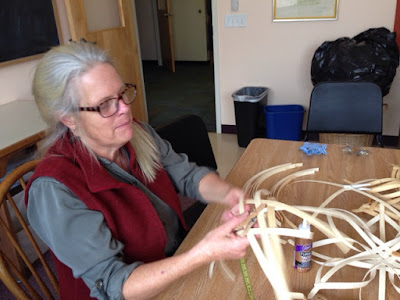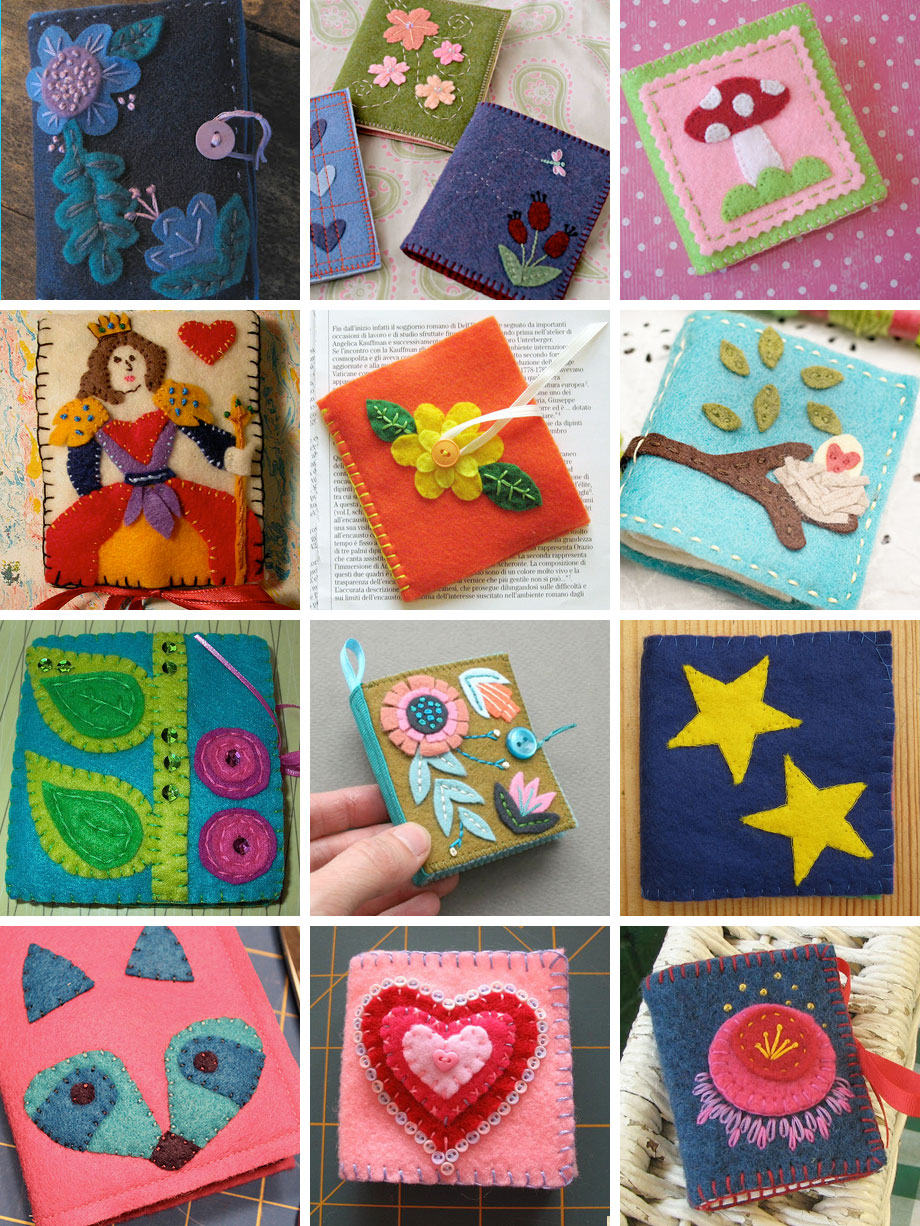No cost craft
Materials will be provided. Please RSVP to the School Store by 12/6 so we have enough basket reed ready for everyone.
We will have tools to share, but if you have them please bring:
- tape measure or ruler/grid,
- scissors or clippers,
- tacky glue like Alene's (available at Joanne's, Michael's, etc.),
- lots of clothespins! (You'll probably use 12 or even 24, and can take them back home to use afterwards.)
February 4, 2016
We had fun making them and good conversation across the "generations" of parents -- 24-year veteran Hartsbrook parent Kristin and those of us with young children. Kristin had learned these stars from a parent named Susan, when her oldest daughter was in 2nd grade [Kristin please correct any facts!] and she was glad to teach us so we can carry on making them. A few people were sorry they missed this session -- maybe we can do it again.
Materials & Equipment
- 1/2 inch basket reed (ash):
Each large star needs 4x20”+16x19” = 384” = 32’
Each smaller star needs 4x12" + 8x10" = 128" = 11'
Note: Depending on lengths of reed in an order, might need to order extra to have correct lengths for stars. - Scissors are fine for cutting the reed
- Tape measure
- Quilting rulers or mat grid make the measuring easier!
Instructions
Soak reed so it's bendable but not too wet for tacky glue to stick. (10-20 minutes?) Have lots of clothes pins on hand to hold each intersection in place while glue dries.
These stars are made of two woven sides attached perpendicular and meeting at the points. So make two cross-woven shapes then attach them at the points.
Smaller star
Large star
4 pieces 20" long for centers
16 pieces 19" long
1. Cut softened pieces of reed to length
1. Cut softened pieces of reed to length
2. Measure with a ruler or quilting grid and mark the center of each reed lightly with a pencil.
3. Begin with two long pieces crossed at the middle, then weave two more shorter pieces on each side/direction.
Related link: https://shakervillageky.org/event/holiday-reed-star/
Materials cost should be less than $3 per star.
Related link: https://shakervillageky.org/event/holiday-reed-star/


















































